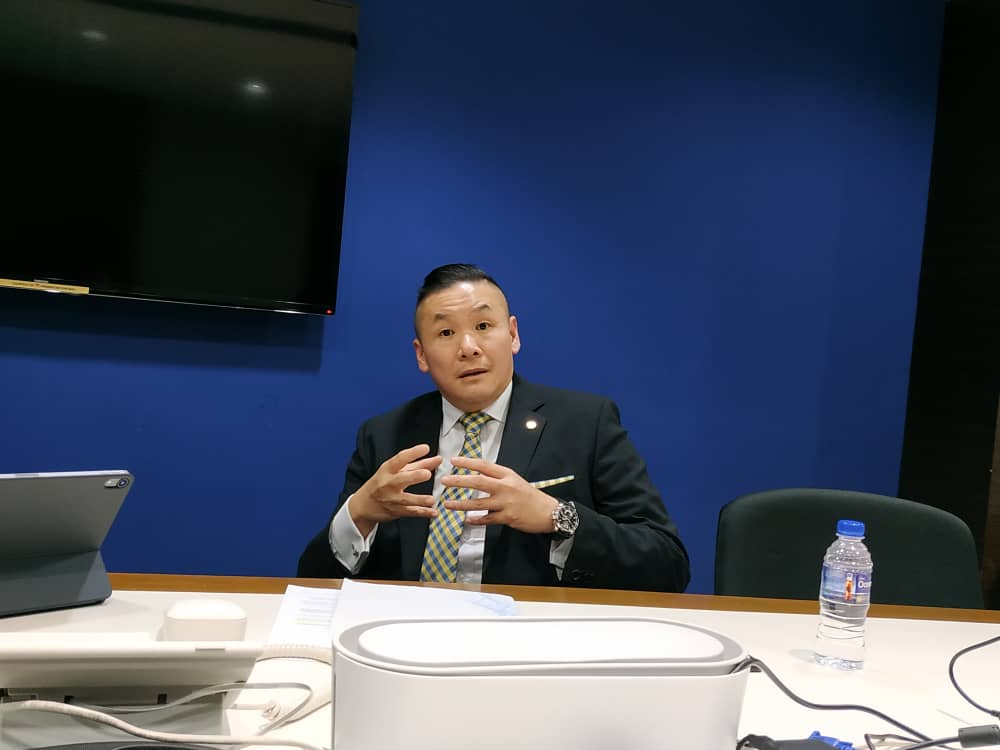KUALA LUMPUR, Nov 4 – Medicine price regulations may affect Malaysia’s medical tourism, a group representing multinational pharmaceutical companies told the government.
“Medical health tourism is expected to reach RM1.8 billion by year-end, registering a 25 per cent growth. The growth is largely because patients from neighbouring countries seek treatment here, due to the relatively affordable and good private healthcare.”
“Our drugs are accessible. We have innovative medicines at affordable prices and I think the figure is a testament to that,” Pharmaceutical Association of Malaysia (PhAMA) president Chin Keat Chyuan told The Malaysian Reserve.
Drug price controls would impact patients’ experience, minimise treatment options, impede access to innovative medicines and reduce Malaysia’s attractiveness as a health tourism destination, he added.
Chin further said the Health Ministry was only zooming in at single-source drugs, large multinational companies and research and development-based firms, with its proposed drug price ceilings.
“It could pull foreign investors away.”
“We do acknowledge that there is up to 900 per cent markup at multiple-source drugs, but this is largely multiple or generic drugs,” Chin pointed out.
“Free market itself will regulate prices and there will be more options for the people.”
According to the Medicine Prices Monitoring 2017 report, the maximum price markup for generics sold in private hospitals reached a whopping 900 per cent, compared to a maximum 117 per cent price markup on originator drugs sold in the same facility. Across all private retail premises, the median price markups on medicines were 108 per cent for generics and 28 per cent for innovative drugs respectively.
The Health Ministry plans to use external reference pricing (ERP) to benchmark drug prices in Malaysia against seven to eight countries by choosing the average three lowest reference prices to determine the maximum medicine prices allowed here. Price ceilings are proposed at both the wholesale and retail levels, with violations punished by fines or incarceration.
PhAMA has proposed a price transparency mechanism, where industry players will declare their wholesale prices and the government can compare the retail prices among players.
“By doing this, it will be easier for the government to determine which area has been marked up along the value chain. What we want from the government is to not rush their decision,” Chin said.
PhAMA told CodeBlue previously that manufacturers were willing to declare wholesale drug prices, in a bid to cancel proposed medicine price controls.
PhAMA went even further to advocate mandatory wholesale price declarations for all innovative and generic medicines available in Malaysia, beyond the 400 molecules targeted for price controls.
Separately, KPJ Healthcare Bhd’s share price dipped 12 per cent year-to-date (YTD) due to the imminent drug price control plan.
“We raise our financial year ending 2019-2021F earnings per share by 6 per cent to 8 per cent and our discounted cashflow-based target price (TP) is also raised by 8 per cent to RM1.08 (weighted average cost of capital: 7 per cent; long-term growth: 2 per cent) as we roll forward our valuation base,” said Maybank Investment Bank Bhd, according to The Malaysian Reserve.
“With the selling looking overdone, we upgrade KPJ to ‘Buy’ (from ‘Hold’). At our revised TP, the implied 12-month forward price earnings ratio is 26 times, its five-year mean.”
However, Maybank IB said that KPJ is expected to record stronger earnings for its upcoming third quarter despite the drug price control issue; and opined that KPJ should be able to raise other charges to mitigate for potential lower drug revenue.
“We expect the incremental earnings from younger hospitals (nine of its 29 hospitals) to offset the initial losses from the three new hospitals (KPJ Batu Pahat opened in September 2019, KPJ Miri and KPJ Kuching: To open by November 2019 and January 2020 respectively),” it noted.








